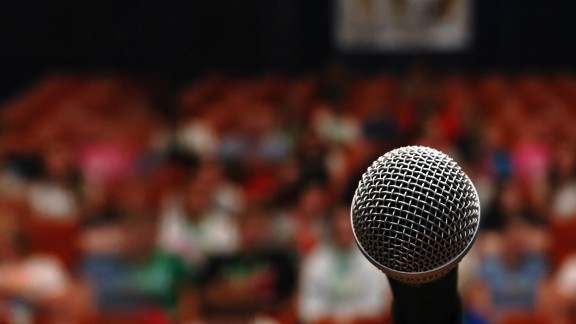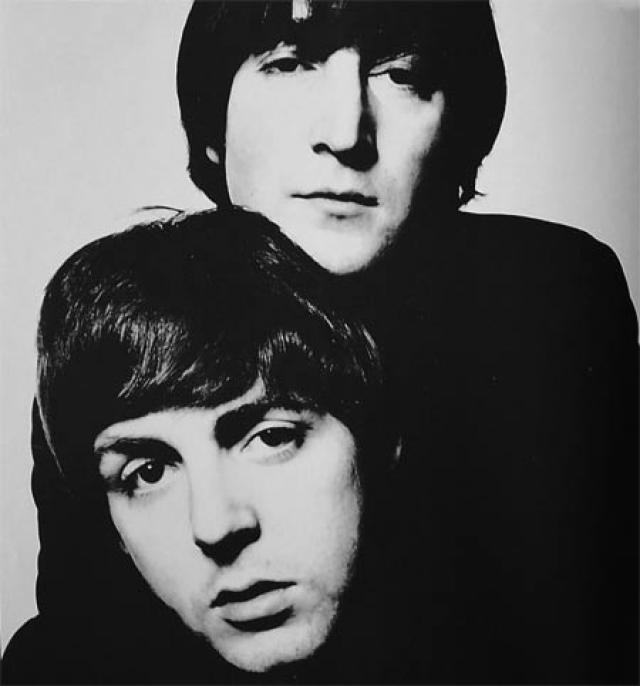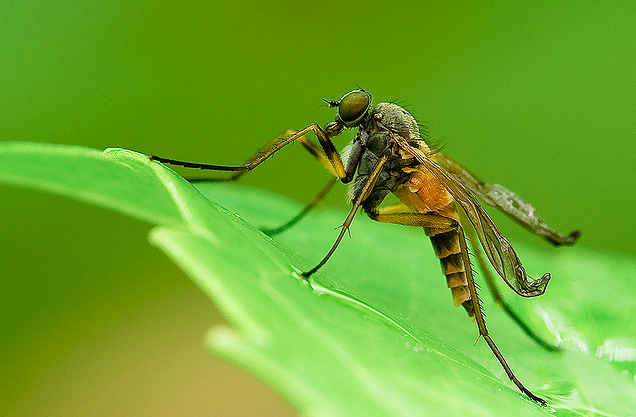How to start, how to hold, how to build, how to end—eight master strategies of public speaking
Your legs wobble as you approach the podium. Your hands tremble as you adjust the microphone. Your head throbs. A wail builds deep inside you and threatens to escape.
It’s showtime, and the feelings are primal.
Evolutionary biologists tell us that in the presence of a presumed threat, we go into fight-or-flight mode, kicking off a millennia-old chain-reaction that starts in the brain’s fear centers and ends with our muscles pumped with blood and oxygen, prepared for battle or escape.
If you experience this, don’t worry. You’re in good company. In a recent story for the New Yorker, Joan Acocella writes that some of the greatest performers—Daniel-Day Lewis, Mikhail Baryshnikov, Barbra Streisand and Sir Laurence Olivier—have all faced symptoms of extreme stage fright.
As panicked as the thought of presenting in front of a group can make us, whether we’re delivering a speech before hundreds, doing a business pitch, attending a job interview, or introducing a report in a meeting, our careers may depend doing it, and doing it well.
So how can we get better? Our story here.
Bonus: See how comedians handle hecklers.
Order “The Art of Doing” here. Signup for “The Art of Doing” free weekly e-newsletter. Follow us on Twitter. Join “The Art of Doing” Facebook Community. If you’ve read “The Art of Doing” please take a moment to leave a review here.



